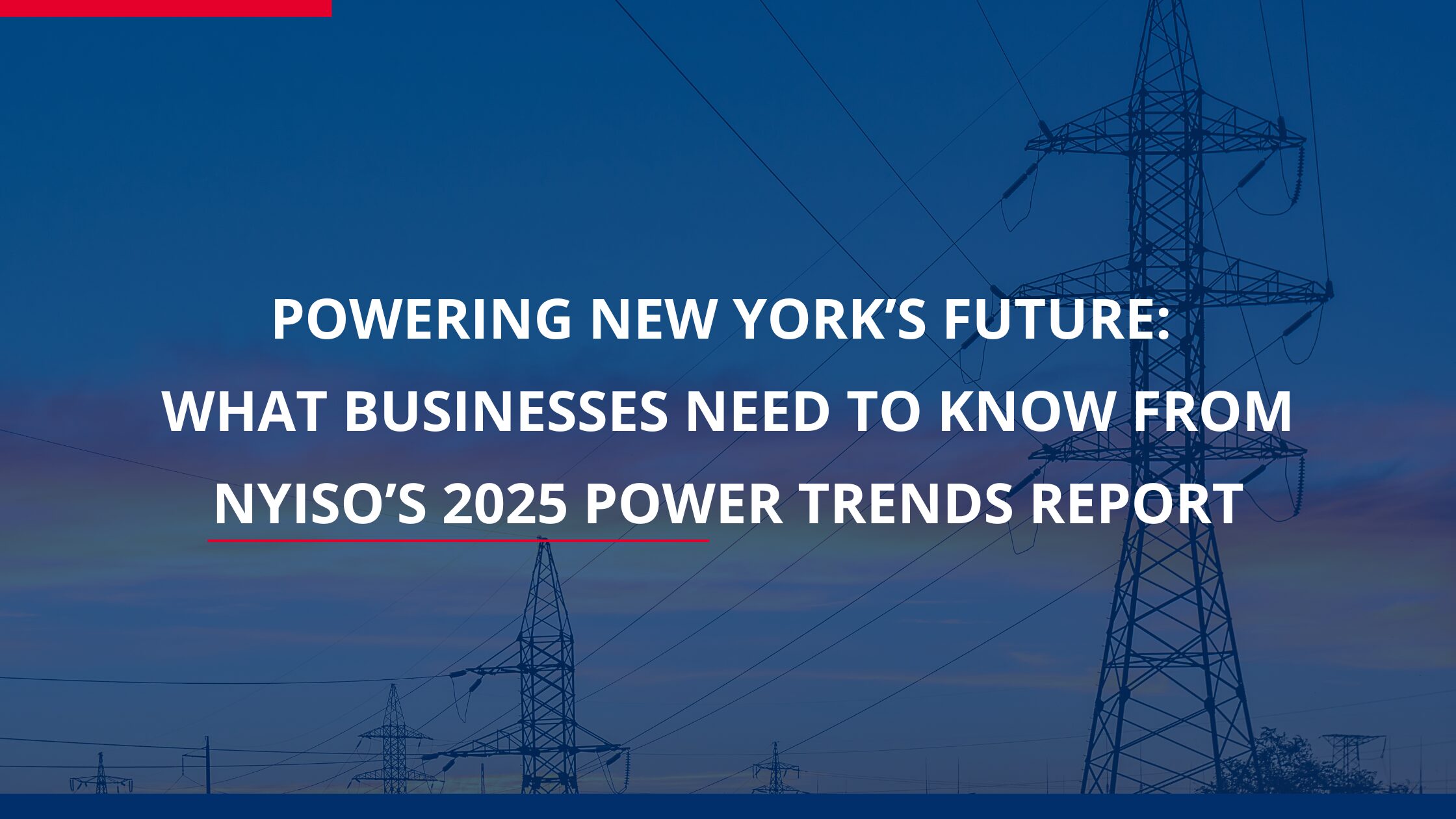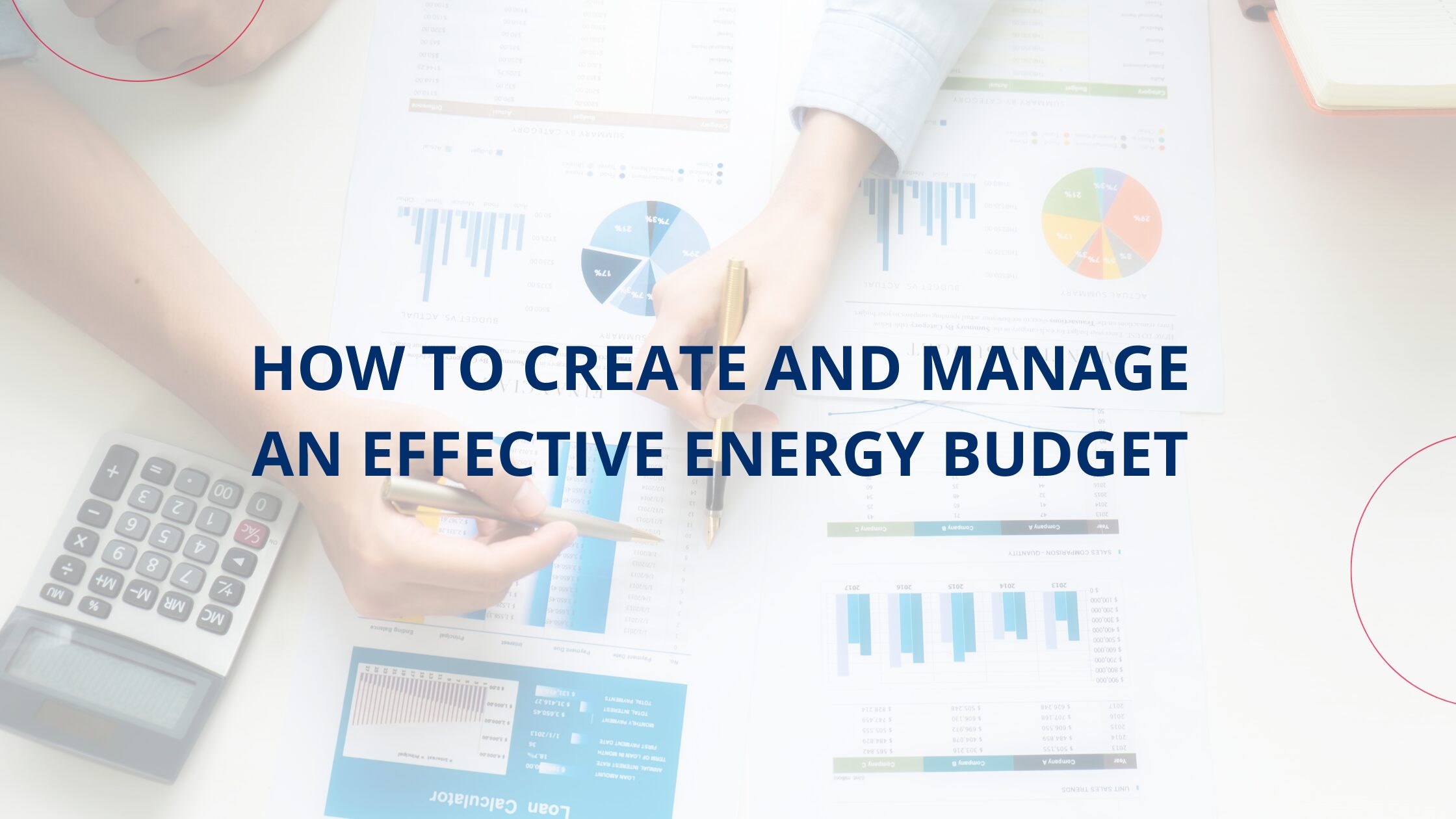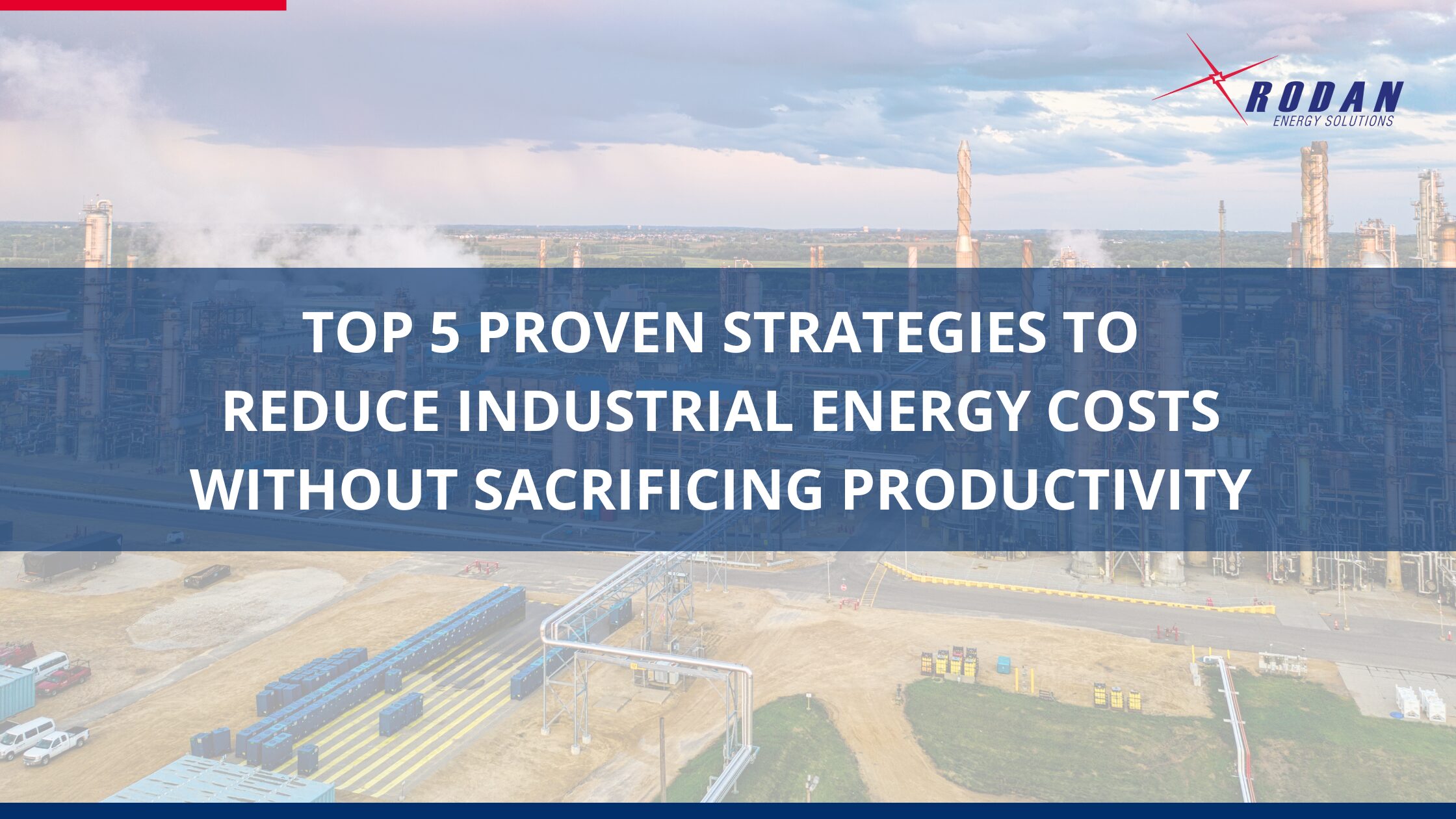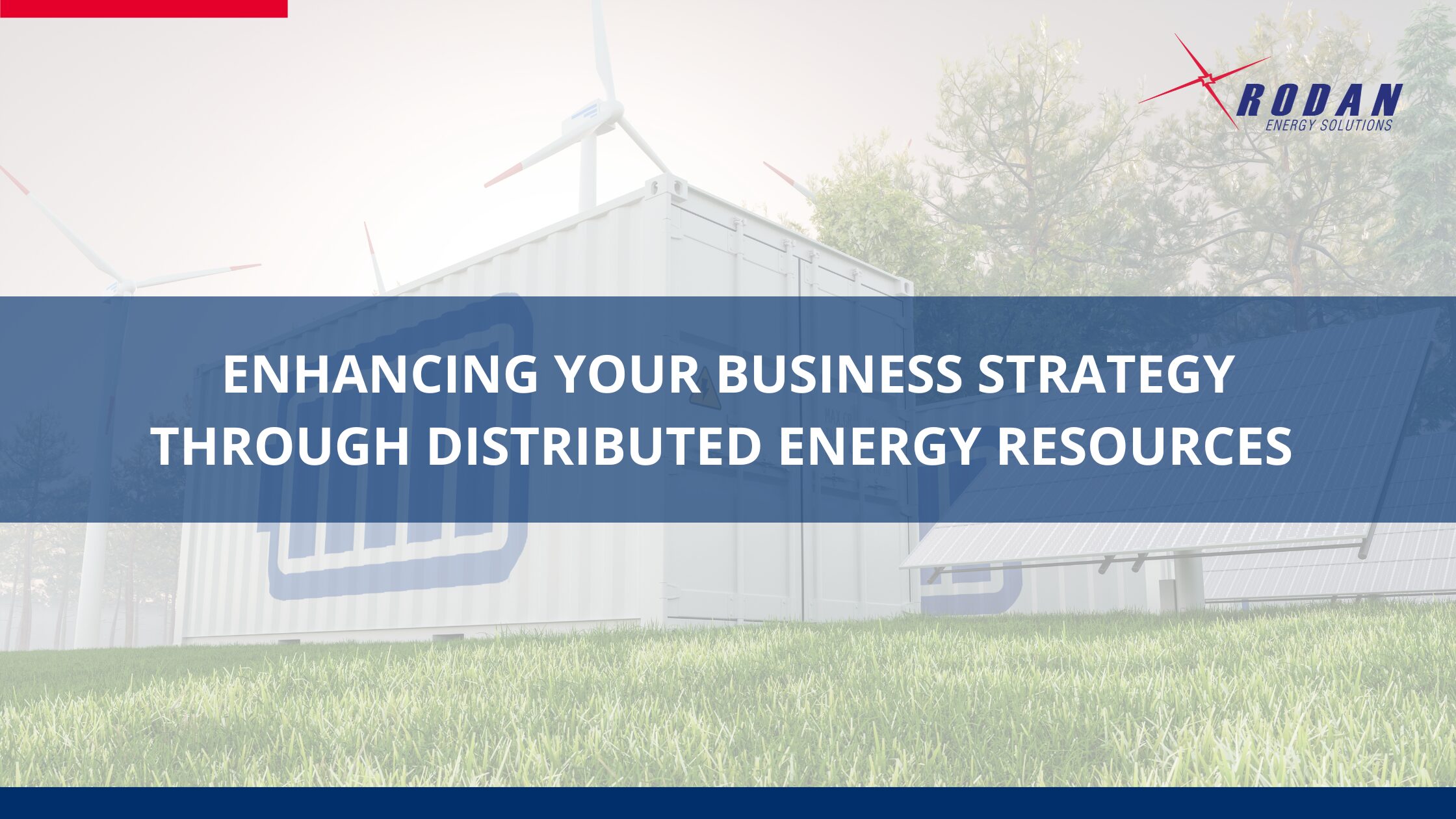New York’s energy system is in the midst of a historic transformation. The 2025 Power Trends report from the New York Independent System Operator (NYISO) outlines how the state is progressing toward a cleaner, more resilient grid. For businesses, this report is more than a technical update—it’s a strategic signal. It highlights where the energy landscape is headed and what actions organizations can take now to reduce costs, improve reliability, and meet sustainability goals.
Here’s what New York businesses need to know—and how to respond.
A Cleaner Grid Is Taking Shape
NYISO reports that over 90% of proposed new generation capacity is zero-emission. Solar, wind, and battery storage are leading the charge. This shift supports New York’s Climate Leadership and Community Protection Act (CLCPA), which mandates a zero-emission electricity system by 2040.
For businesses, this means the grid is becoming greener, but also more variable. Renewable energy introduces fluctuations in supply that require more active energy management.
What this means for your business:
- Expect more variability in energy supply.
- Prepare for dynamic pricing and grid fluctuations.
- Align operations with renewable integration to maintain cost control and stability.
Demand Flexibility Is Now a Business Asset
As traditional fossil fuel plants retire, NYISO is placing greater emphasis on demand-side resources. Demand response programs—where businesses reduce or shift energy use during peak periods—are becoming essential tools for balancing the grid.
Participating in these programs isn’t just good for the grid; it’s good for your bottom line.
Benefits include:
- Earning revenue for reducing load during peak events.
- Avoiding peak pricing and demand charges.
- Demonstrating leadership in energy stewardship.
The key is identifying flexible loads—equipment or processes that can be adjusted without disrupting operations—and integrating Distributed Energy Resources (DERs) to enhance responsiveness and automate their coordination with grid signals.
Reliability Requires a New Level of Preparedness
The report highlights reliability risks, particularly in downstate New York. High demand, limited transmission capacity, and the retirement of peaker plants are creating pressure points. Extreme weather events only add to the challenge.
To stay resilient, businesses should:
- Invest in backup generation or battery storage.
- Explore microgrid solutions for critical operations.
- Monitor local reliability forecasts and plan accordingly.
For critical facilities—such as data centers, healthcare providers, and manufacturers—these investments are not optional. They’re essential.
Electrification Is Reshaping Energy Demand
New York’s decarbonization goals are accelerating the electrification of transportation and buildings. This will significantly increase electricity demand over the next decade.
Steps to prepare include:
- Planning for fleet electrification and EV charging infrastructure.
- Upgrading building systems for electric heating and cooling.
- Pairing upgrades with smart controls and time-of-use strategies.
These changes not only reduce emissions and operating costs—they also position your organization to meet growing expectations from customers, investors, and regulators.
Energy Price Volatility Can Be Managed
As the grid evolves, energy prices are expected to become more dynamic. Supply constraints, weather variability, and policy changes can all impact pricing.
To manage volatility effectively:
- Use real-time monitoring to track usage and respond to price signals.
- Shift usage to lower-cost periods to avoid demand charges.
- Implement predictive analytics and flexible procurement strategies.
Working with an experienced energy advisor can help you navigate these complexities and uncover hidden savings.
Data and Digital Tools Are Driving Smarter Decisions
NYISO emphasizes the growing role of data in managing the modern grid. From forecasting renewable output to enabling customer participation, digital tools are transforming how energy is used and valued.
Businesses should:
- Invest in platforms that integrate energy usage, pricing, and emissions data.
- Automate energy response and reporting.
- Use insights to benchmark performance and prioritize investments.
These tools provide the visibility and control needed to make smarter, faster decisions.
The Opportunity Ahead
NYISO’s 2025 Power Trends report makes one thing clear: the energy transition is accelerating. For New York businesses, this is a moment to lead. By embracing flexibility, investing in resilience, and aligning with sustainability goals, organizations can reduce costs, improve reliability, and contribute to a cleaner energy future.
This isn’t just about compliance—it’s about competitiveness. Businesses that act now will be better positioned to thrive in a rapidly changing energy environment.
Ready to Take Control of your Energy Future?
Rodan Energy helps businesses across New York reduce energy costs, improve reliability, and meet sustainability targets through advanced demand response, energy intelligence, and distributed energy solutions. Contact us today to learn how we can support your energy strategy.




